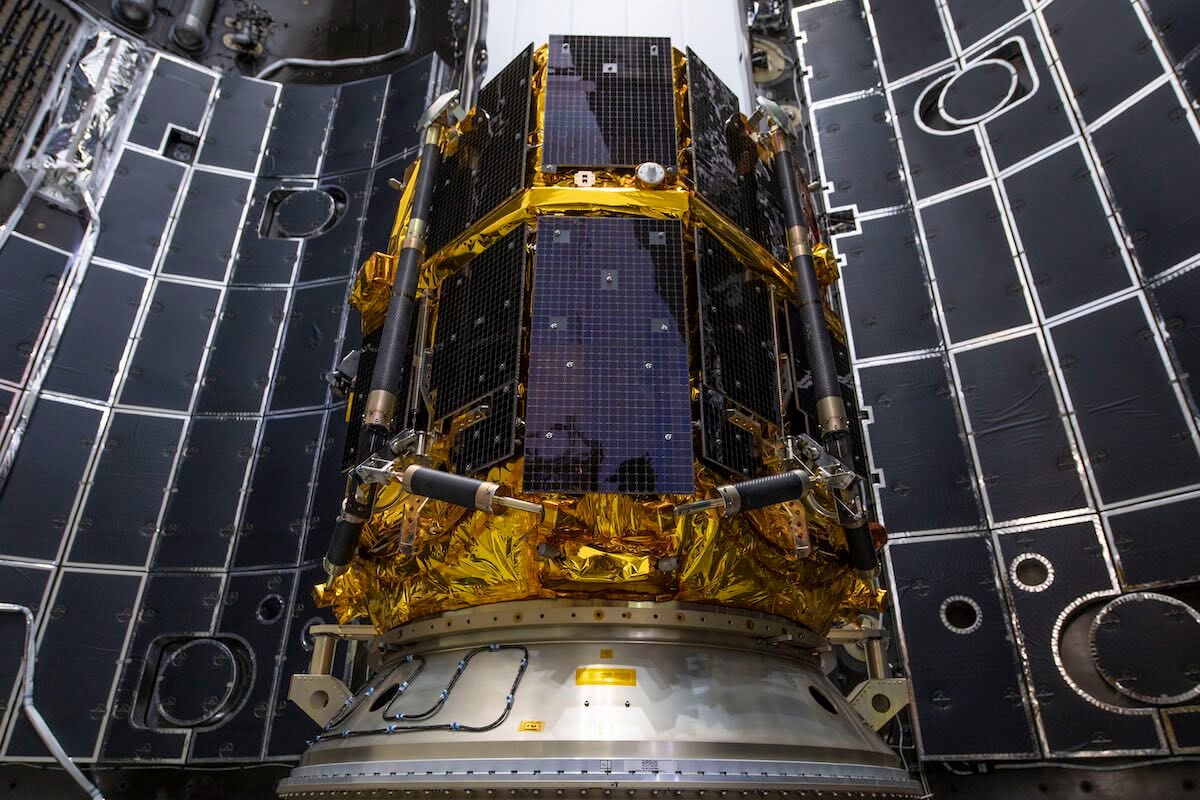ISPACE was a competitor of SPACEIL in the Lunar X Prize competition and now they will try to do what Genesis 1 failed to do - to be the first private company to land on the moon

On December 11.12.2022, 9, Japan launched a spacecraft expected to land on the moon. For the first time, a commercial spacecraft is launched to the moon named Hakuto - R moon lander. The launch was made using the Space X Falcon XNUMX. The spacecraft was manufactured by a Japanese company called ispace.
ISPACE was a competitor of SPACEIL in the Lunar X Prize competition and now they will try to do what Genesis 1 failed to do - to be the first private company to land on the moon.
It is not a direct flight to the moon like the American spaceship Artemis which reached the moon in 4 days. The flight in this case will last 4.5 months. The Space X launcher does not have the power and thrust of the SLS (the heavy launcher that launched the Orion spacecraft into space on the Artemis 1 mission). It is therefore necessary to use the fuel of the spaceship itself in an economical way. The spacecraft is launched at a distance of 1.6 million km from the Earth. Far beyond the distance of the moon from the earth which is 384,000 km. Gradual changes in the geometry of the flight path will slowly bring the spacecraft closer to the moon and into orbit around it.
The spacecraft will land on the visible side of the moon in the Atlas Crater near the Cold Sea (Mare Frrigios). The spacecraft is 2.3 meters long (including the landing legs) and 2.6 meters wide and the mission will last 10 days.
The mission will end when the sun sets on the moon. The weight of the spacecraft is one ton, with about two-thirds of the weight being fuel.
Attached to the spacecraft is a tiny American spacecraft weighing 14 kg and named Lunar Flashlight. It was detached from the Japanese spacecraft 7 minutes after launch and is intended to reach the moon separately and enter an elliptical orbit around the moon when its minimum distance from the ground will be 9 km at the South Pole. Its purpose is to transmit an infrared laser to permanently shadowed areas of craters and measure the light reflection and thereby learn about evidence of water ice in these places. 4 wavelengths will be used in the infrared field.
Attached to the lander are two small off-road vehicles (rovers), one from the Gulf countries that weighs 11 kg and measures 53 x 53 cm and another vehicle that is 8 cm wide and weighs 250 grams. This vehicle is a joint project of the Japanese Space Agency and a Japanese toy company called Tomy. The vehicle is equipped with a camera, and the intention is to learn from it about manned off-road vehicles for the future.
- The Israeli Helios will produce oxygen and metals on the moon in a joint experiment with Japan
- The deadline for the Google Lunar XPRIZE competition has been postponed until the end of 2016
- A Japanese supercomputer will simulate the Earth
- The private market is bursting into space
- Documenting the six critical minutes of the Genesis spacecraft
